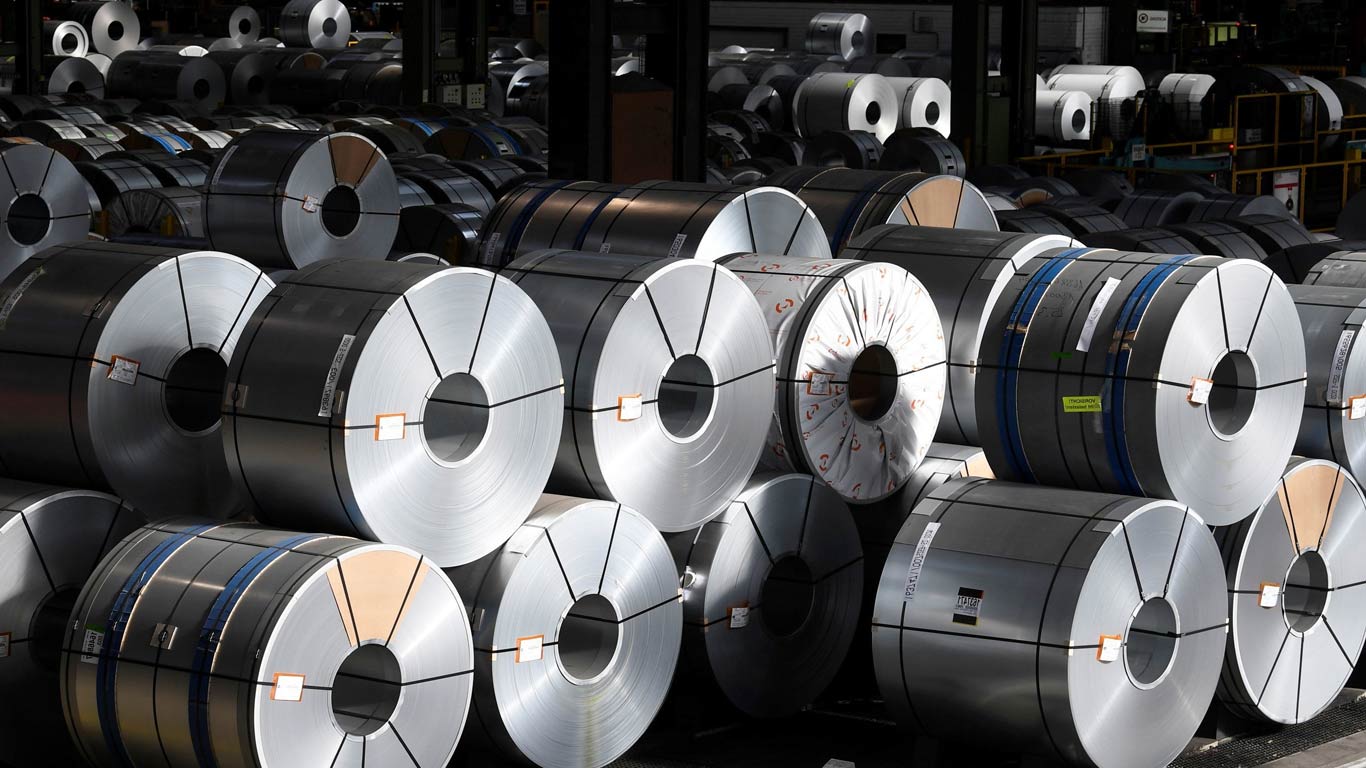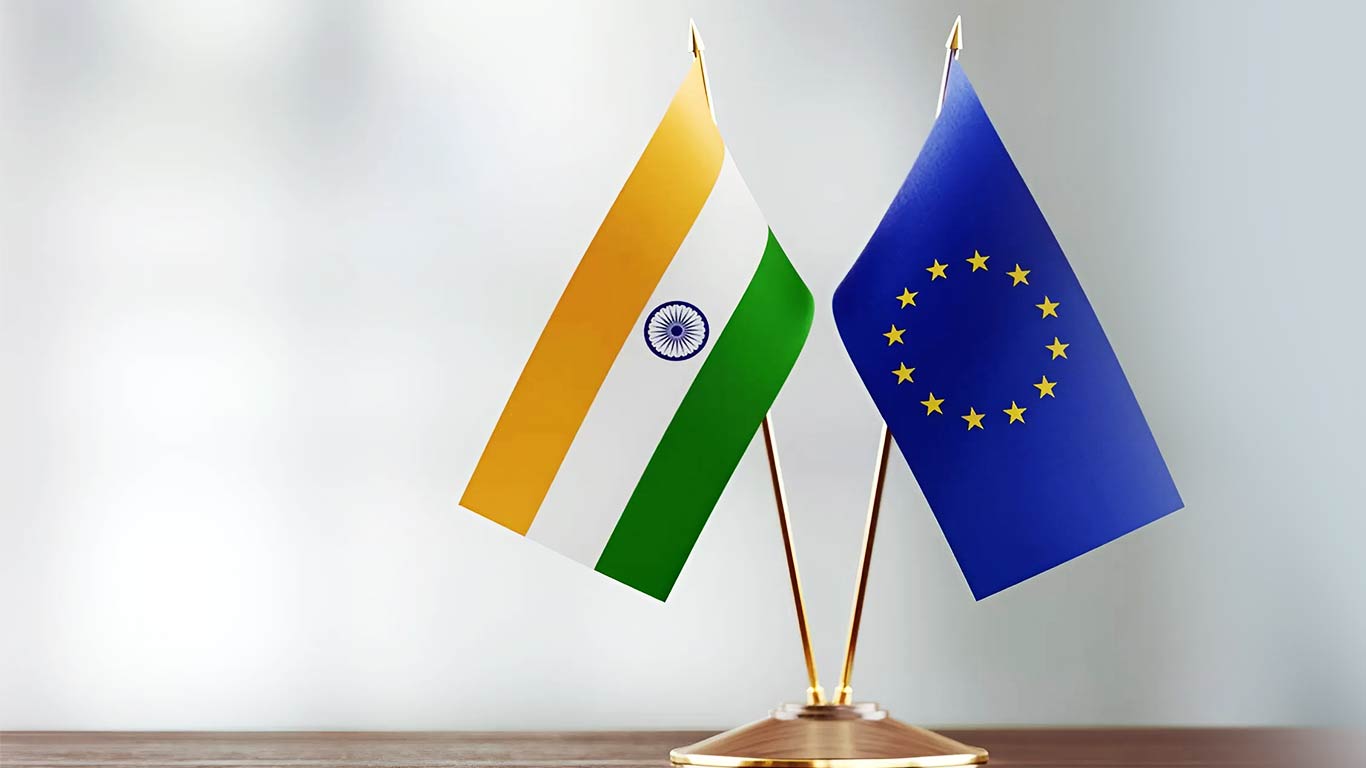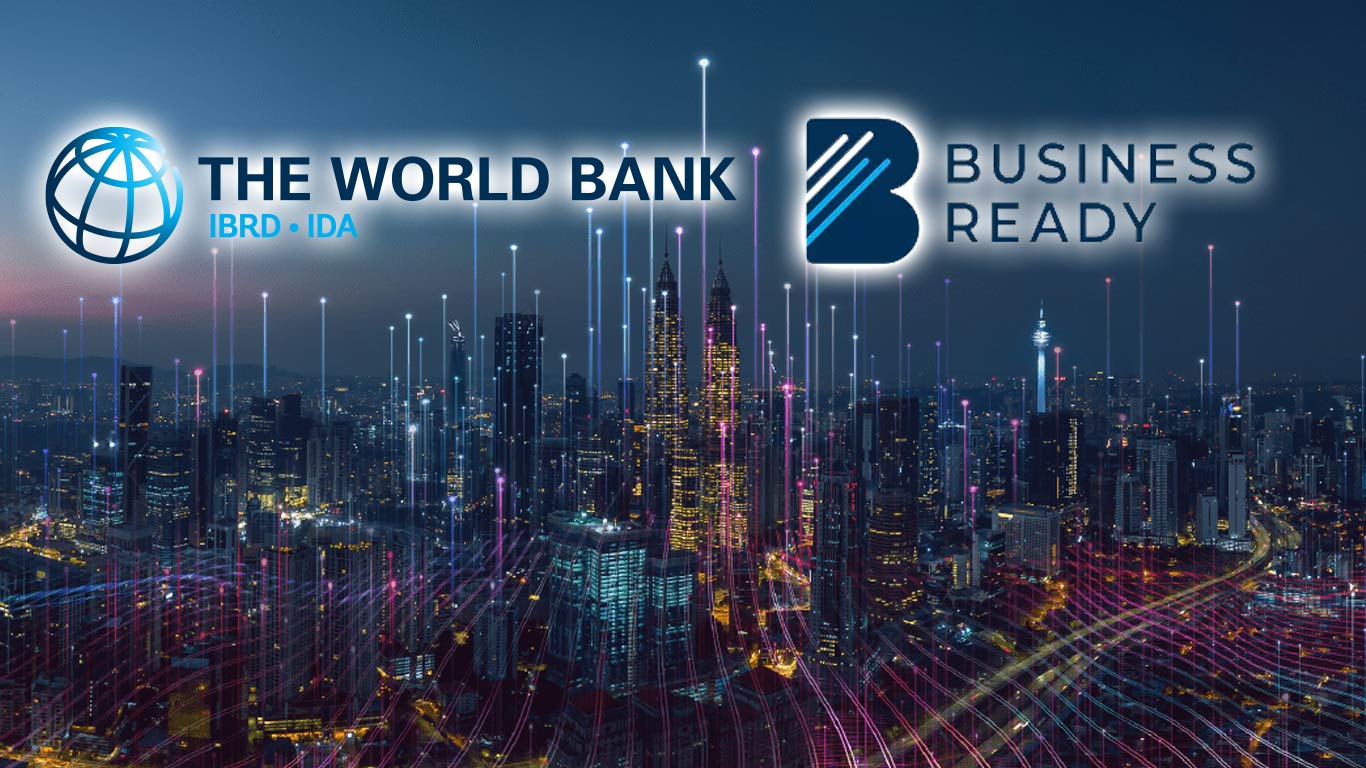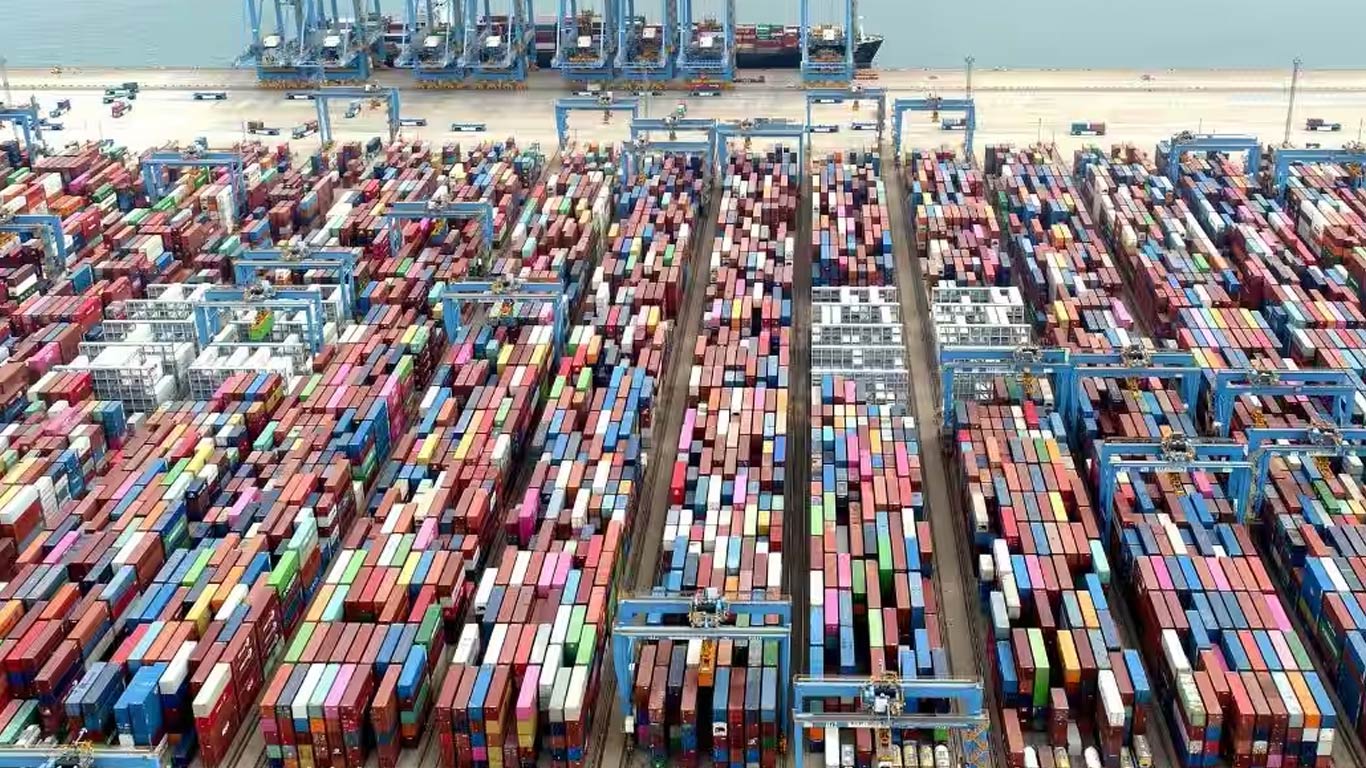Solar power to reduce India's emissions per unit of GDP by 20-25% by 2020: WB
Updated: Dec 13, 2013 04:38:34pm

The Jawaharlal Nehru National Solar Mission Phase-1 (JNNSM) is poised to make India a global leader in the development of solar power as its green growth agenda increased the installed capacity from around 30 MW to more than 2,000 MW, a World Bank report said yesterday.
What is significant is that JNNSM has been instrumental in bringing down the cost of solar power to a level that is competitive across the world, said the report.
It has reduced the costs of solar energy to USD 0.15 per kWh, making India among the lowest cost destinations for grid-connected solar Photovoltaic in the world.
Growth in the energy sector is key for India as more than 300 million of the country’s people still lack access to electricity, and industry cites energy shortages as a critical barrier to growth, the report added.
According to the report, Paving the Way for a Transformational Future: Lessons from JNNSM Phase 1, solar power can reduce India’s dependence on imports of diesel and coal for power generation, reduce greenhouse gas emissions, and contribute to energy security.
For India to achieve its target of adding 20,000 MW of solar capacity by 2022, there is a need to address key issues such as structural constraints to commercial financing, World Bank Country Director for India Onno Ruhl said.
“In a short span of three years, India has made impressive strides in developing its abundant solar power potential. With more than 300 million people without access to energy and industry citing energy shortage as key growth barrier in India, solar power has the potential to help the country address the shortage of power for economic growth,” he said.
The report highlights several challenges that could act as a barrier to India achieving its solar targets by 2022. These include lack of access to low cost financing; inadequate solar infrastructure; lack of raw materials for several solar PV manufacturers; and an underdeveloped supply chain leading to high inventory costs.
“Building on the success of Phase 1, the program now needs to focus on promoting financing of solar projects by commercial banks, developing shared infrastructure facilities such as solar parks and identifying comparative advantage of Indian manufacturing across the supply chain”, said Ashish Khanna, lead energy specialist and one of the authors of the report. (KNN/SD)











